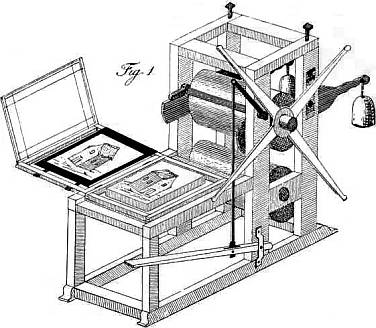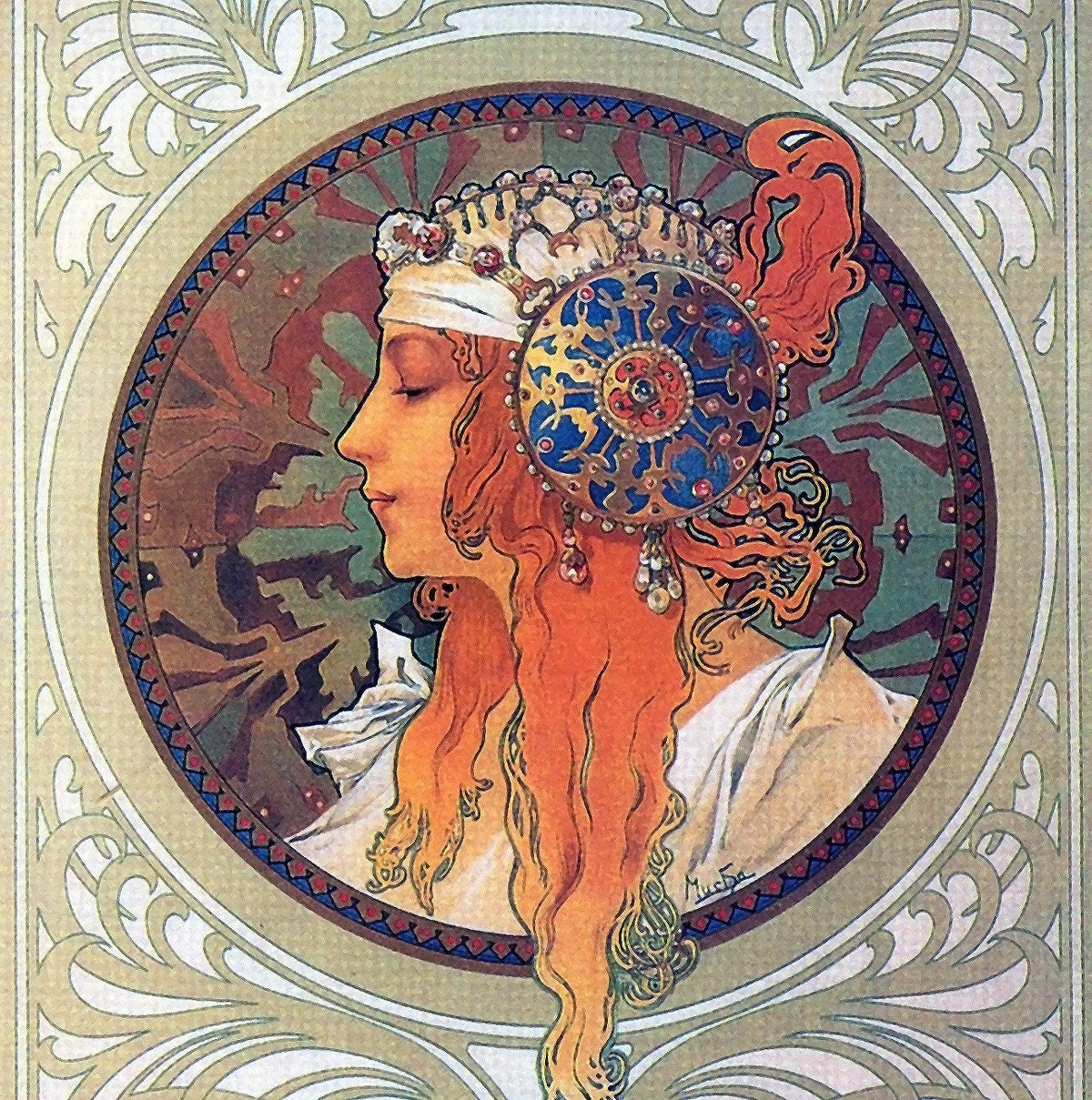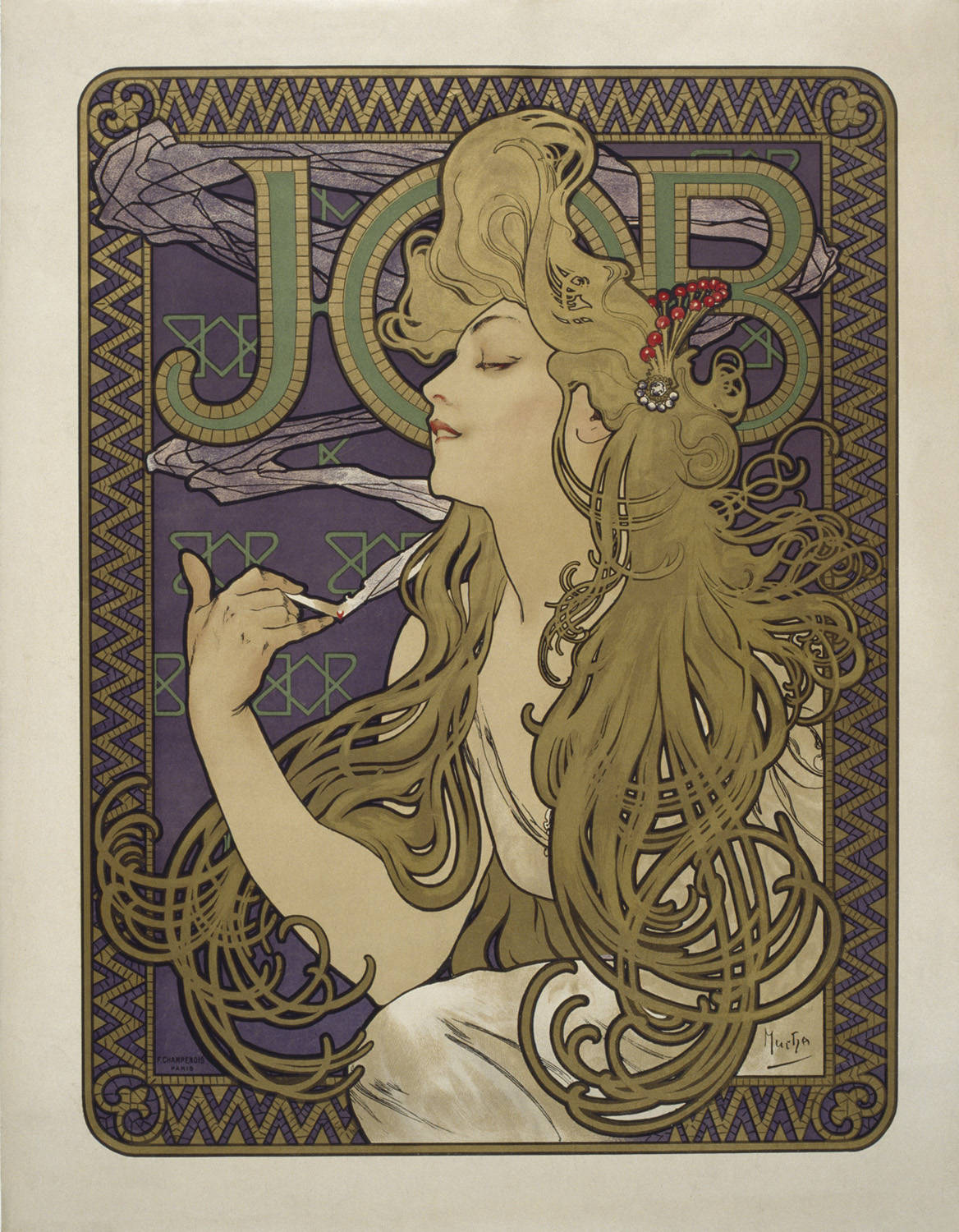Breaking the Grid: In printing using movable type made the graphic design very inflexible. For example; illustrations, maps and thing like those were hand drawn and engraved which made the printing process hard and costly. With the industrial revolution an invention called lithography came to the scene which erased this problem.
Lithography: It refers to a printing process in which chemicals were involved. The process was like this:
- The positive part of the image had chemical on it, while the negative image had water.
- When the plate that had positive and negative parts was introduced to ink and water mixture, the ink would stick to the positive part while water would clean the negative image.

An old lithography machine
Photography: It's a process of making pictures through the action of light with devices that are called cameras. The first photograph was produced in 1826 by the French inventor Nicephore Niepce.
The first photograph
Middle classes that emerged with the introduction of the Industrial Revolution, made huge amounts of demands for photography as a means of portraiture. This triggered the development of photography.
In earlier times the cost of just one photo was very expensive. In 1884 George Eastman developed film and made photography much less costly and much more easier.
The Victorian Era
It was a period of profound sexual repression. In terms of fashion, men wore formal and stiff clothes, while women wore clothes that were covering the entire body even an ankle not to be shown.

Victoriana: It refers to items or materials from the Victorian period. It reflects two phenomena;
- necessity to appeal to the wealthy people's tastes
- ability of large masses of the population becoming wealthy and ability to travel due to the introduction of steam powered vehicles.
Kitsch: The term refers to any art or design that is pretentious and in bad taste. Kitsch lacks creativity, simply repeating a formula.
Examples of kitsch:
The Arts and Crafts Movement (late 19th c. -early 20th c.)
It was an American and British aesthetic movement that influenced architecture, decorative arts, crafts etc.
The aim of the movement was to find a meaningful style for 19th century. The people from this movement didn't like cold, machine-made designs.
William Morris: He was an English artist, writer and one of the leading names of the Arts and Crafts Movement. He is best known for his patterned wallpapers and fabrics.

Examples of his pattern designs:

Eclecticism
It didn't have any specific style; according to David Hume- a Scottish philosopher and historian- eclecticism is the borrowing of a variety of styles from different sources and combining them." It was an important design concept for Western culture, where oriential- especially Japanese- style of art traditions.
Art Nouveau
It started at the end of the 19th century and sort of ended with the World War I. One of the key characterics of Art Nouveau is that it doesn't contain any straight lines and any right angle, so many of the Art Nouveau products resemnle living organisms in some way. The artists liked to use variety of flowers and plants as models or as parts of their design.
Posters: With Art Nouveau poster design flourished. There were two important designers of this movement:
1) Henri de Toulouse-Lautrec
2) Alfons Mucha


















Hiç yorum yok:
Yorum Gönder